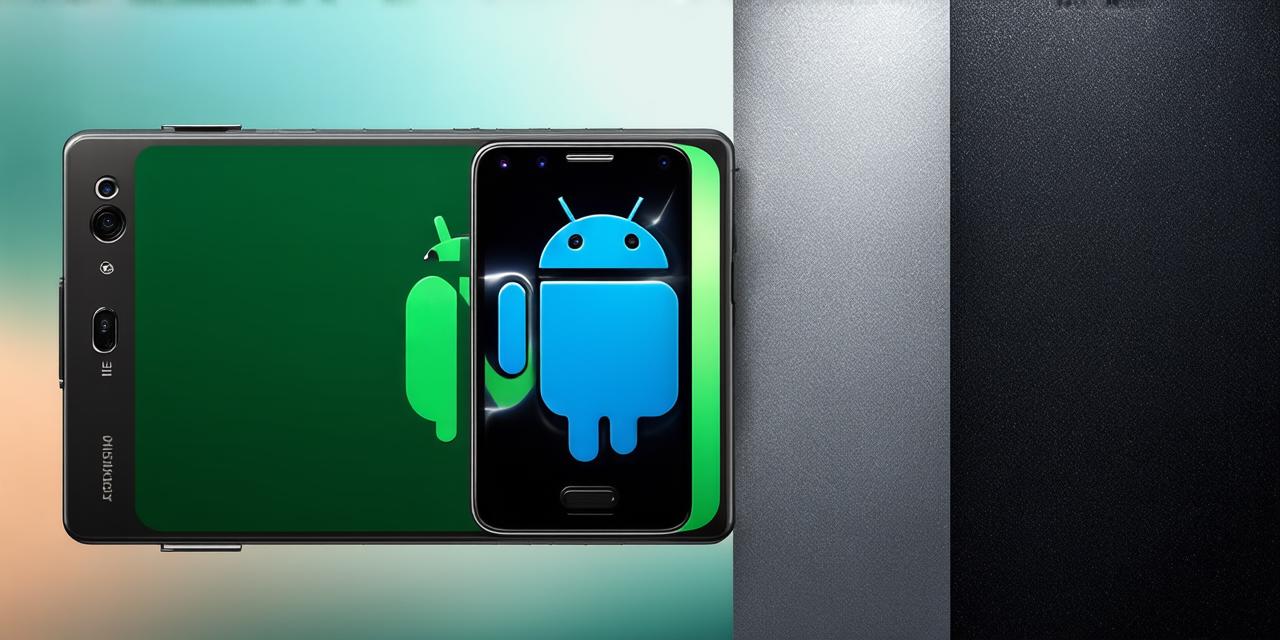Introduction

Android Studio is a powerful integrated development environment (IDE) used by developers to build and debug Android applications. One of the essential features of Android Studio is its ability to run an emulator, allowing developers to test their apps on virtual devices without the need for physical Android devices. However, when you’re done testing your app, it’s important to close the emulator to free up system resources and avoid any potential issues that might arise from leaving it open. In this article, we’ll explore how to close an emulator in Android Studio step-by-step.
Understanding the Emulator
Before we dive into the steps for closing an emulator in Android Studio, it’s important to understand what the emulator is and how it works. The emulator is a software implementation of an Android device that runs on your computer or laptop. It allows you to run Android applications as if they were running on a physical Android device, without the need for an actual Android device.
The emulator is a powerful tool that can help developers test their apps in different scenarios and configurations, such as different screen sizes, resolutions, and operating system versions. However, it’s important to remember that the emulator is not a perfect replication of a physical Android device and may have some limitations, such as slower performance and reduced battery life.
Closing an Emulator in Android Studio: Step-by-Step Guide
Now that we have a better understanding of what the emulator is and why it’s important to close it when you’re done testing your app, let’s explore how to do it step by step.
Method 1: Using the Menu Bar
The first method for closing an emulator in Android Studio involves using the menu bar. Here are the steps:
- Open Android Studio and select "View" from the menu bar at the top of the screen.
- From the "View" menu, select "Tool Windows" and then "Android Monitor". This will open the Android Monitor window, which displays the output from your emulator or physical device.
- In the Android Monitor window, look for a section labeled "Emulators". This is where you’ll find a list of all the emulators that are currently running on your computer.
- Find the emulator that you want to close and click on the "Stop" button next to it. This will immediately stop the emulator and free up system resources.
Method 2: Using the Task Manager
The second method for closing an emulator in Android Studio involves using the Task Manager. Here are the steps:
- Open Android Studio and press "Ctrl + Shift + Esc" to open the Task Manager.
- In the Task Manager, find the process that corresponds to your emulator. You can do this by looking for a process with a name like "android-x86_emu".
- Right-click on the process and select "End task". This will immediately stop the emulator and free up system resources.
Method 3: Using the Command Line Interface (CLI)
The third method for closing an emulator in Android Studio involves using the Command Line Interface (CLI). Here are the steps:
- Open a terminal or command prompt on your computer.
- Type "am force-stop com.android.emulator" and press Enter. This will stop all running emulators on your computer.
- If you only want to stop a specific emulator, you can use its ID instead of the package name. To find the ID of an emulator, type "dumpsys activity -h" and look for the line that corresponds to the emulator you want to stop. The ID will be listed after the word "state".
- Once you have the ID of the emulator you want to stop, type "am force-stop <emulator_id>" and press Enter. This will immediately stop the emulator and free up system resources.
Benefits of Closing an Emulator in Android Studio
Now that we’ve explored how to close an emulator in Android Studio, let’s discuss the benefits of doing so.
Freeing Up System Resources
One of the main benefits of closing an emulator in Android Studio is that it frees up system resources on your computer. The emulator can be resource-intensive, especially if you have multiple emulators running simultaneously or if you’re testing apps that require a lot of memory or processing power. By closing the emulator when you’re done testing your app, you can free up system resources and improve the performance of other applications on your computer.
Avoiding Potential Issues
Leaving an emulator open for too long can also lead to potential issues on your computer. For example, if you have other applications running in the background that require a lot of memory or processing power, leaving an emulator open can cause those applications to slow down or crash. Additionally, if you’re not careful, leaving an emulator open can cause it to consume too much CPU time and overheat your computer, which can lead to permanent damage.
Improving Testing Speed and Efficiency
Finally, closing an emulator in Android Studio can improve the speed and efficiency of your testing process. By closing the emulator when you’re done testing your app, you can quickly start a new test run without having to wait for the emulator to boot up again. This can save you time and help you test your app more efficiently.Real-Life Example: Closing an Emulator in Android Studio
Let’s take a look at a real-life example of how closing an emulator in Android Studio can improve the testing process.
Suppose you’re a developer working on an app that requires a lot of memory and processing power to run. You decide to test the app on an emulator to see how it performs under different scenarios and configurations. After you’ve finished testing the app, you close the emulator to free up system resources and avoid any potential issues that might arise from leaving it open.
The next time you want to test the app, you simply start a new emulator instance and load the app onto it. This allows you to quickly test the app under different scenarios and configurations without having to wait for the emulator to boot up again. As a result, you’re able to
